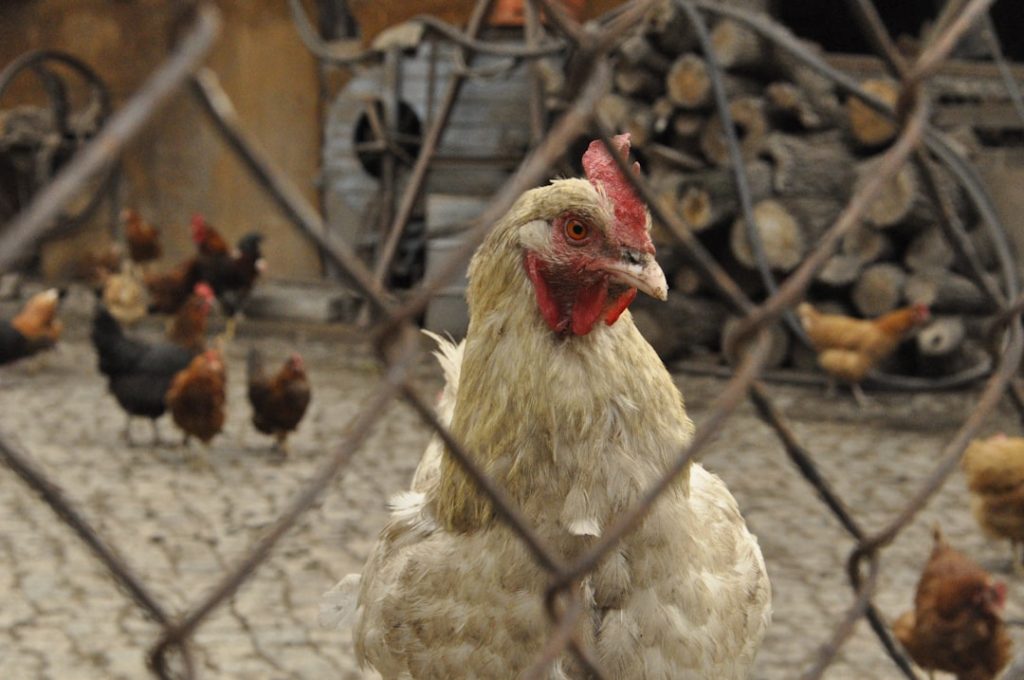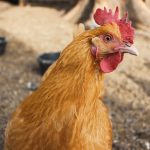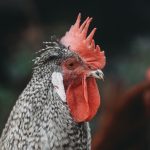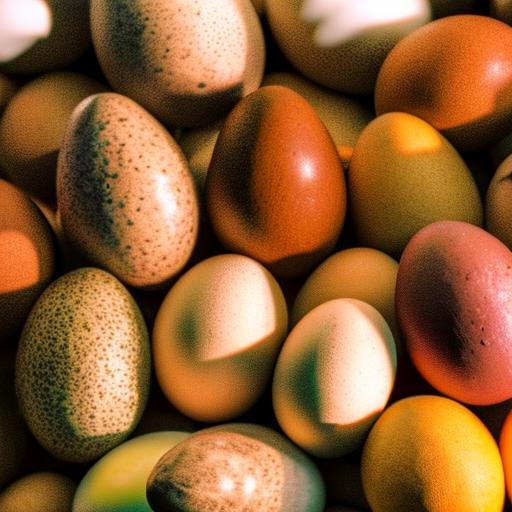Chicken breeding is a systematic process of selectively mating chickens to produce offspring with specific desired characteristics. These traits can include enhanced egg production, improved meat quality, particular feather colors, or specific behavioral attributes. Engaging in chicken breeding can be both a gratifying hobby and a method for enhancing the overall quality of a flock.
Prior to initiating a breeding program, it is crucial to acquire a comprehensive understanding of the fundamental principles involved. A solid grasp of genetics and heredity is essential for successful chicken breeding. This knowledge enables breeders to make informed decisions when selecting breeding stock and planning mating pairs.
Understanding how traits are inherited and expressed in subsequent generations is key to achieving desired outcomes. Establishing clear objectives is a critical component of any chicken breeding program. Whether the goal is to increase egg production, enhance meat quality, or maintain specific breed standards, having well-defined aims helps guide breeding decisions and ensures focused efforts towards desired results.
A clear breeding objective also allows for better evaluation of progress and adjustments to the breeding strategy as needed.
Table of Contents
Key Takeaways
- Chicken breeding involves selecting and mating chickens to produce offspring with desired traits.
- Choosing the right breeding stock is crucial for successful chicken breeding.
- Understanding the breeding process, including mating, egg fertilization, and incubation, is essential for successful breeding.
- Managing broody hens is important for successful hatching and raising of chicks.
- Caring for chicks involves providing proper nutrition, warmth, and protection.
- Breeding for specific traits involves selecting breeding stock with desired characteristics and traits.
- Challenges and considerations in chicken breeding include genetic diversity, disease prevention, and maintaining breeding records.
Choosing the Right Breeding Stock
Desired Traits
This can include traits such as egg production, meat quality, feather color, and temperament.
Health and Conformation
It’s also important to select birds that are healthy, free from genetic defects, and have good conformation. When choosing breeding stock, it’s essential to consider the genetic diversity of the birds. Inbreeding can lead to a decrease in genetic diversity and an increase in genetic defects.
Maintaining Genetic Diversity and Adaptability
Therefore, it’s important to select breeding stock from different bloodlines to maintain genetic diversity within the flock. Additionally, it’s important to select birds that are well-suited to your specific climate and environment. This can help ensure that the offspring will be well-adapted to their surroundings and have a better chance of thriving.
Understanding the Breeding Process
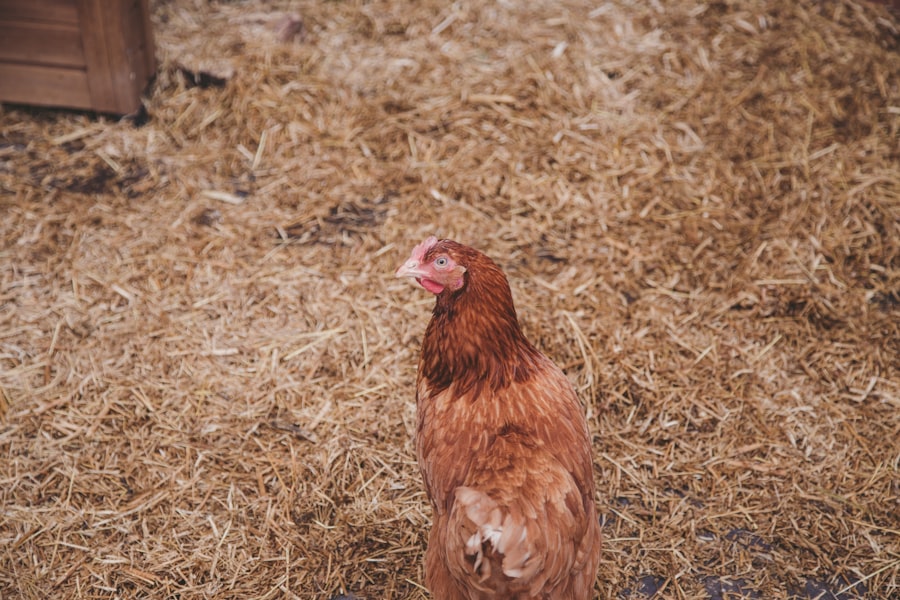
The breeding process in chickens involves mating selected breeding stock to produce offspring with specific desirable traits. There are two main methods of breeding chickens: natural mating and artificial insemination. Natural mating involves allowing the rooster to mate with the hens in a free-range or confined setting.
This method is often used in small-scale backyard flocks and is the most natural way of breeding chickens. Artificial insemination, on the other hand, involves collecting semen from a rooster and manually inseminating the hens. This method is often used in commercial poultry operations and allows for more controlled breeding and genetic selection.
Regardless of the method used, it’s important to carefully monitor the breeding process and keep detailed records of matings and offspring. It’s also important to understand the concept of genetic recombination, which occurs during the mating process. Genetic recombination is the process by which genetic material is exchanged between the male and female gametes during fertilization.
This process leads to genetic variation in the offspring and is an important factor in producing diverse and healthy offspring.
Managing the Broody Hens
Broody hens play an important role in the chicken breeding process by incubating and hatching eggs. A broody hen is a hen that has a strong maternal instinct and is willing to sit on a clutch of eggs to keep them warm and facilitate their hatching. Managing broody hens involves providing them with a suitable nesting area and ensuring they have access to food and water during the incubation period.
When a hen becomes broody, it’s important to provide her with a quiet and secluded nesting area where she can sit on her eggs undisturbed. This can be a separate nesting box within the coop or a secluded area in the yard. It’s also important to provide the broody hen with fresh food and water close to her nesting area to ensure she stays healthy during the incubation period.
It’s also important to monitor the broody hen closely during the incubation period to ensure she remains dedicated to her nest and doesn’t abandon her eggs prematurely. Additionally, it’s important to provide the broody hen with a safe and comfortable environment for hatching her chicks once they begin to hatch. This can include providing a warm and dry area for the hen and her chicks, as well as protecting them from predators.
Caring for Chicks
Once the chicks have hatched, it’s important to provide them with proper care and nutrition to ensure their health and well-being. This includes providing them with a warm and dry environment, access to clean water, and a balanced diet. It’s also important to monitor the chicks closely for any signs of illness or distress.
Providing a warm and dry environment for the chicks is crucial for their survival, especially during the first few weeks of life. This can be achieved by using heat lamps or brooders to maintain a consistent temperature in the brooder area. Additionally, it’s important to provide the chicks with access to clean water at all times to prevent dehydration.
Feeding the chicks a balanced diet is also essential for their growth and development. This can include commercial chick starter feed or a homemade mix of grains and protein sources. It’s important to provide the chicks with a high-quality feed that meets their nutritional needs for growth and development.
Breeding for Specific Traits
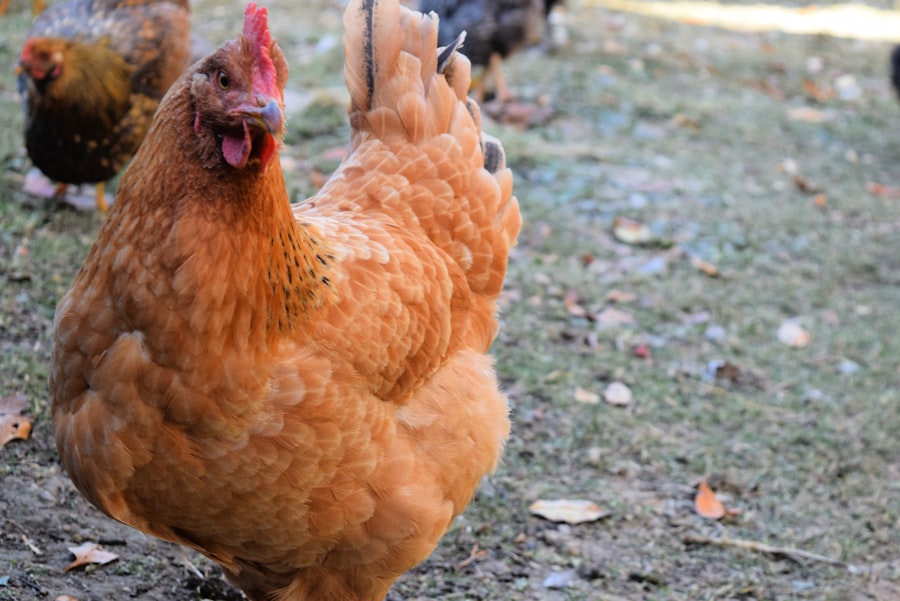
Understanding Genetics is Key
To successfully breed for specific traits, it is essential to have a clear understanding of genetics and how traits are passed down from one generation to the next. This knowledge enables breeders to make informed decisions about which birds to select and mate, and how to maximize the chances of producing offspring with the desired traits.
Selecting the Right Breeding Stock
When breeding for specific traits, it is crucial to carefully select breeding stock that exhibits those traits. This can involve using pedigree analysis and genetic testing to identify birds with desirable genetic traits. By doing so, breeders can increase the likelihood of producing offspring with the desired characteristics.
Considering Trade-Offs
However, breeding for specific traits can also involve trade-offs. For instance, focusing on improving egg production may lead to decreased meat quality. Therefore, it is essential to carefully consider which traits are most important for your breeding goals and make informed decisions accordingly.
Challenges and Considerations in Chicken Breeding
Chicken breeding comes with its own set of challenges and considerations that breeders must be aware of. One of the main challenges is maintaining genetic diversity within the flock to prevent inbreeding and genetic defects. This can be achieved by carefully selecting breeding stock from different bloodlines and avoiding close relatives in matings.
Another consideration in chicken breeding is managing the health and well-being of the breeding stock and their offspring. This includes providing proper nutrition, healthcare, and a suitable environment for the chickens to thrive. Additionally, breeders must be prepared for potential setbacks such as low hatch rates or unexpected genetic mutations.
Furthermore, breeders must also consider ethical considerations when breeding chickens, such as ensuring that the chickens are treated humanely and have a good quality of life. This includes providing them with adequate space, access to fresh air and sunlight, and protection from predators. In conclusion, chicken breeding is a complex but rewarding endeavor that requires careful planning, knowledge of genetics, and dedication to maintaining healthy and diverse flocks.
By understanding the basics of chicken breeding, selecting the right breeding stock, managing the breeding process, caring for broody hens and chicks, breeding for specific traits, and considering challenges and ethical considerations, breeders can work towards improving their flocks while ensuring the well-being of their chickens.
If you are interested in learning more about the breeding of geese, you may want to check out this article on how many eggs geese lay. It provides valuable information on the egg-laying habits of geese and can offer insights into the breeding process of these birds.
FAQs
What is chicken breeding?
Chicken breeding is the process of mating selected chickens to produce offspring with desired traits such as egg production, meat quality, or specific physical characteristics.
What are the different methods of chicken breeding?
There are several methods of chicken breeding, including natural mating, artificial insemination, and selective breeding. Natural mating involves allowing chickens to mate freely, while artificial insemination involves manually collecting and inseminating eggs. Selective breeding involves choosing specific chickens with desired traits to produce the next generation.
What are the factors to consider in chicken breeding?
Factors to consider in chicken breeding include the desired traits in the offspring, such as egg production, meat quality, and disease resistance. Other factors include the genetic diversity of the breeding stock, the health and welfare of the chickens, and the overall breeding goals.
What are some common breeding techniques used in chicken breeding?
Common breeding techniques used in chicken breeding include inbreeding, line breeding, and crossbreeding. Inbreeding involves mating closely related chickens to concentrate desirable traits, while line breeding involves mating chickens from the same genetic line. Crossbreeding involves mating chickens from different breeds to produce offspring with a combination of desirable traits.
What are the benefits of chicken breeding?
The benefits of chicken breeding include the ability to produce chickens with specific traits that are desirable for egg production, meat quality, and disease resistance. Breeding also allows for the preservation and improvement of specific chicken breeds, as well as the development of new breeds with unique characteristics.
Meet Walter, the feathered-friend fanatic of Florida! Nestled in the sunshine state, Walter struts through life with his feathered companions, clucking his way to happiness. With a coop that’s fancier than a five-star hotel, he’s the Don Juan of the chicken world. When he’s not teaching his hens to do the cha-cha, you’ll find him in a heated debate with his prized rooster, Sir Clucks-a-Lot. Walter’s poultry passion is no yolk; he’s the sunny-side-up guy you never knew you needed in your flock of friends!

